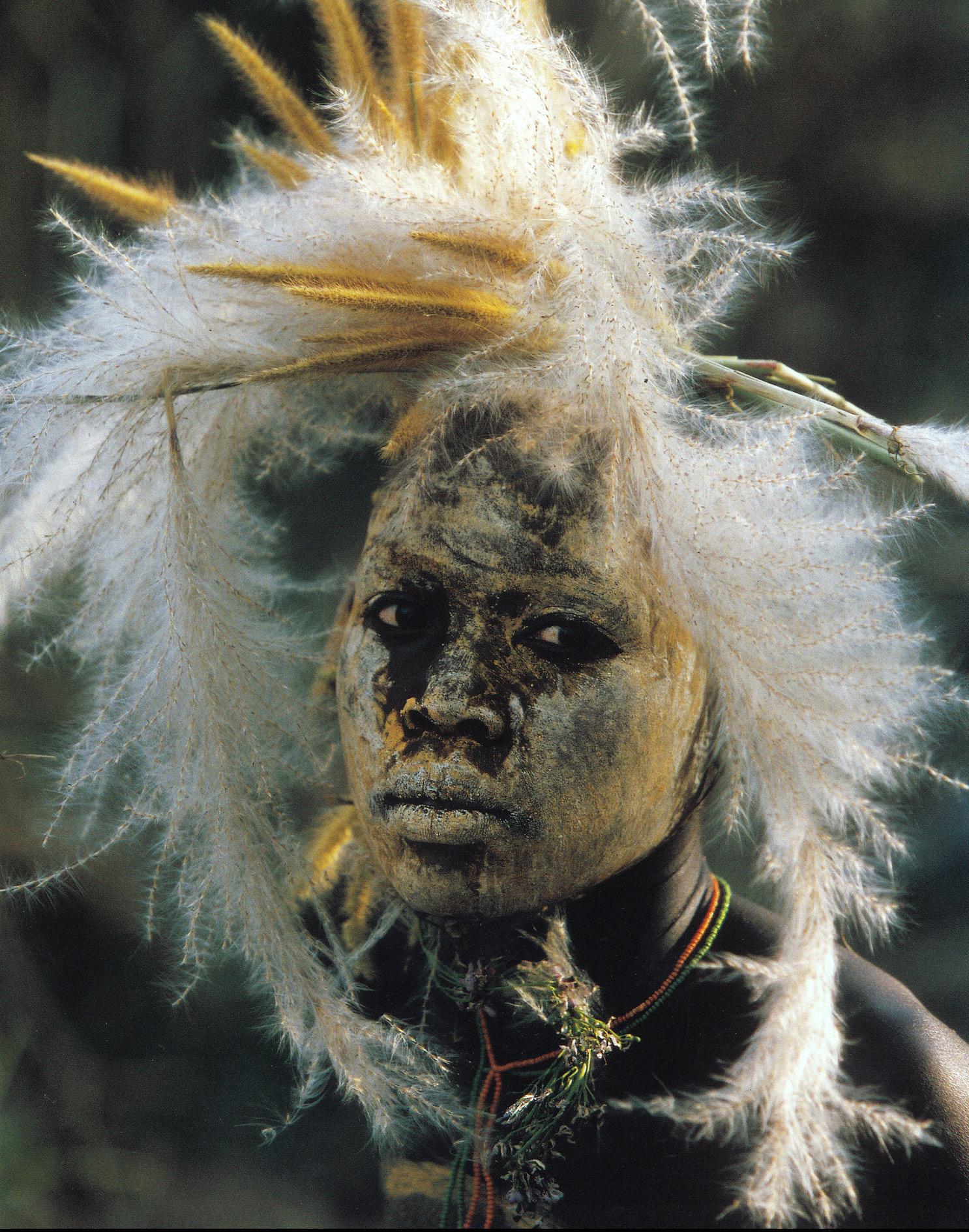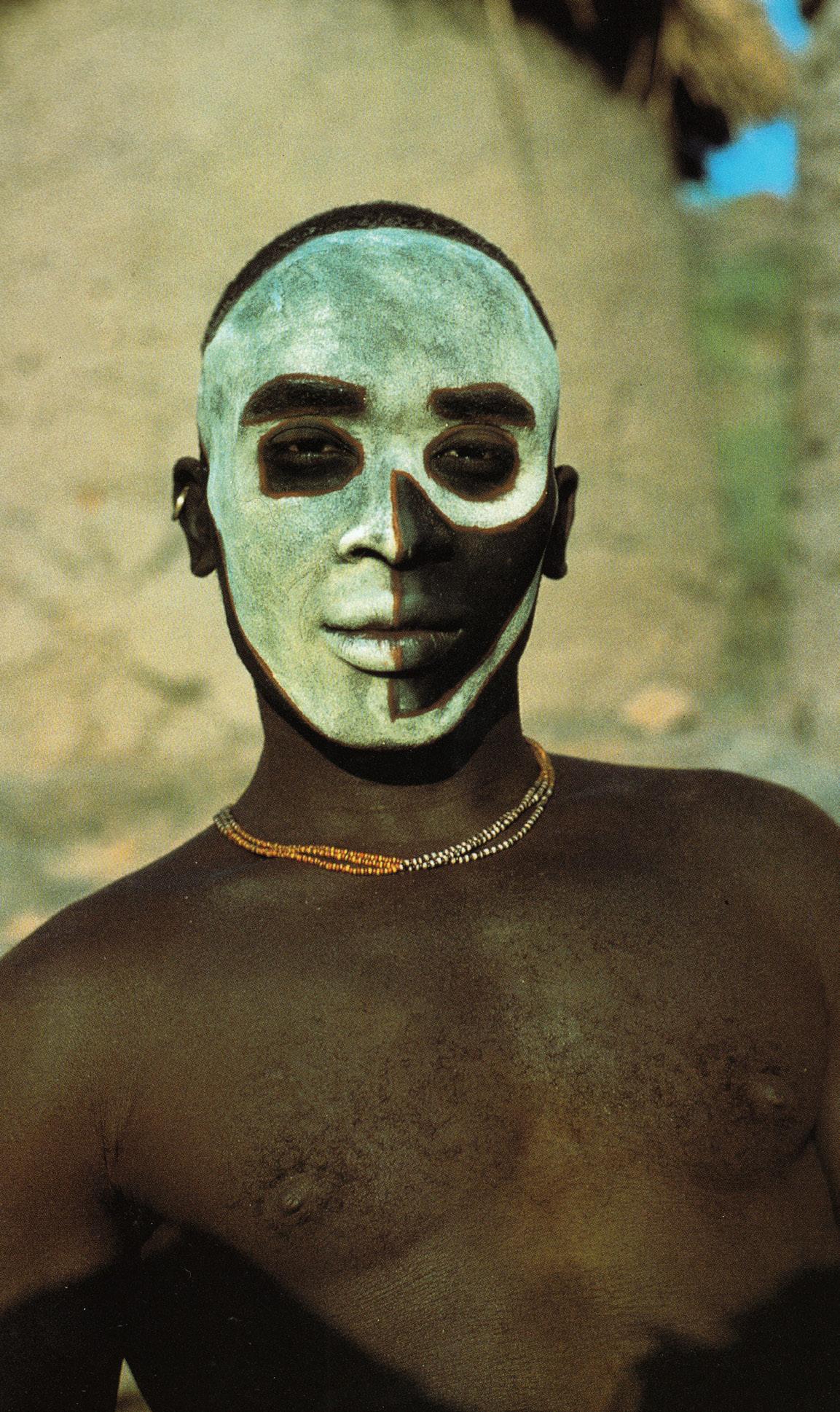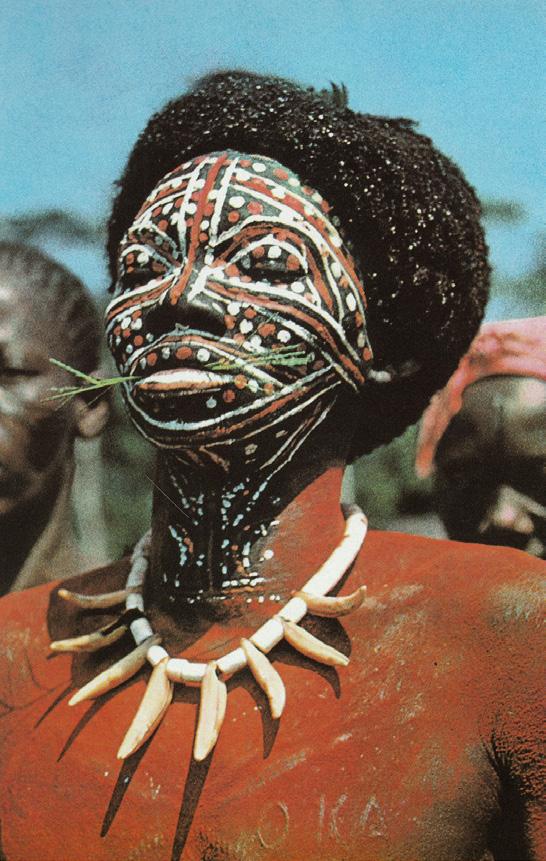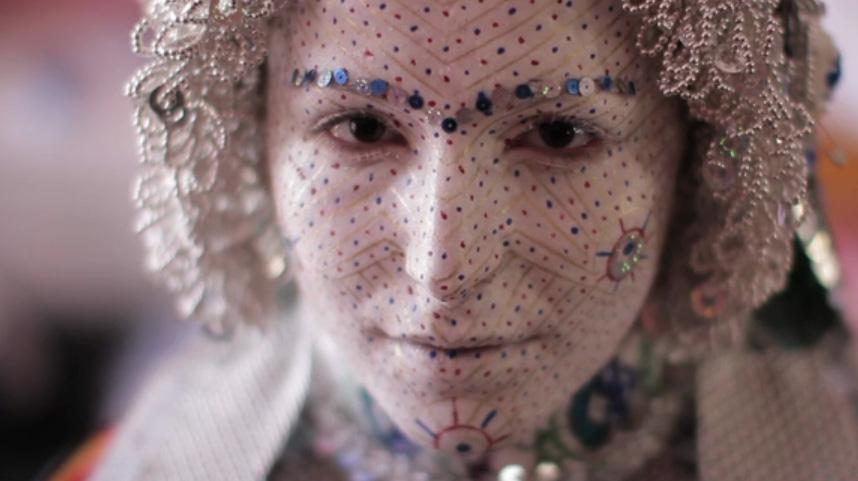
2 minute read
MAKEUP AS DEVOTION: Using Makeup As Part of Worship in Christianity, Islam and Judaism

MAKEUP AS DEVOTION THE ORIGINS OF MAKEUP IN WORSHIP
Advertisement
The history of wearing makeup can be traced to the earliest human. We have painted our faces to worship a higher spirit since prehistory. In the earliest cave paintings, spirits have taken on supernatural forms, often half-man or woman and half animal, and these gods have painted faces. Before Judaism, Christianity and Islam which believe in one God, ancient religion was largely animistic: the ancient peoples considered certain animals, plants and geographic features to be the homes of spirits.
- A Decorated Hemba woman from The Congo. The red pigment used is associated with the supernatural.3 - The paint was thickly spread on this child’s face and the pattern was scratched in with fingertips.


The earliest spiritual marks of mankind were left on cave walls in natural, ground pigment blown through the artist’s fingers and on bone carvings. In June 2012, in El Castillo Cave, what may be the world’s oldest stencil handprints were discovered. At 40,800 years old these even may be the handprints of Neanderthals.
Above : A ‘mud man’ from the Asaro river region of Oceania. As the clay cracks and peels off, it may symbolize the flesh of a decomposing body.

MARRIAGE
The most elaborate makeup that we see in worship is reserved for the marriage ceremony. In Morocco, the Berber community are called a Semitic people. The Arab and Jewish communities come from the same forebears who are all Semites. Today’s Berbers are Muslim, however, a significant Christian minority still remains. They have retained some of their original beliefs, and many of their marriage rituals contain spirit references and elements retained from earlier ancient religions. Tatiana Wilde writes one of the most famous Berber gatherings is the wedding moussem (religious festival) of the Ait Haddidou tribe near Imilchil in the High Atlas. Every September this tribe meets to celebrate the feast day of Sidi Mohammed el Maghani, the patron saint of the Ait Haddidou, and also to remember the sad Romeo and Juliet-esque legend that inspired the festival.The story goes that lovers Tislit and Isli, unable to marry because of their feuding families and unable to live without each other, decided to drown themselves in nearby lakes. But even in death they remained apart as a mountain separated their lakes and thus prevented their souls from meeting in the afterlife. Today, the Imilchil festival is held to enable the men and women of different local tribes to meet and later marry whom they choose. Dozens of potential brides, dressed in blue, white and red shawls, their cheeks rouged and their eyes lined with kohl, come to sing, dance, feast and flirt with their white-robed male counterparts.
Above : As part of their rite every Lubinje bride must have their faces decorated meticulously and exquisitely. The bride’s costume, which gives her the appearance of a living doll, protects her from the “evil eye, and discourages gossip and speculation.”


